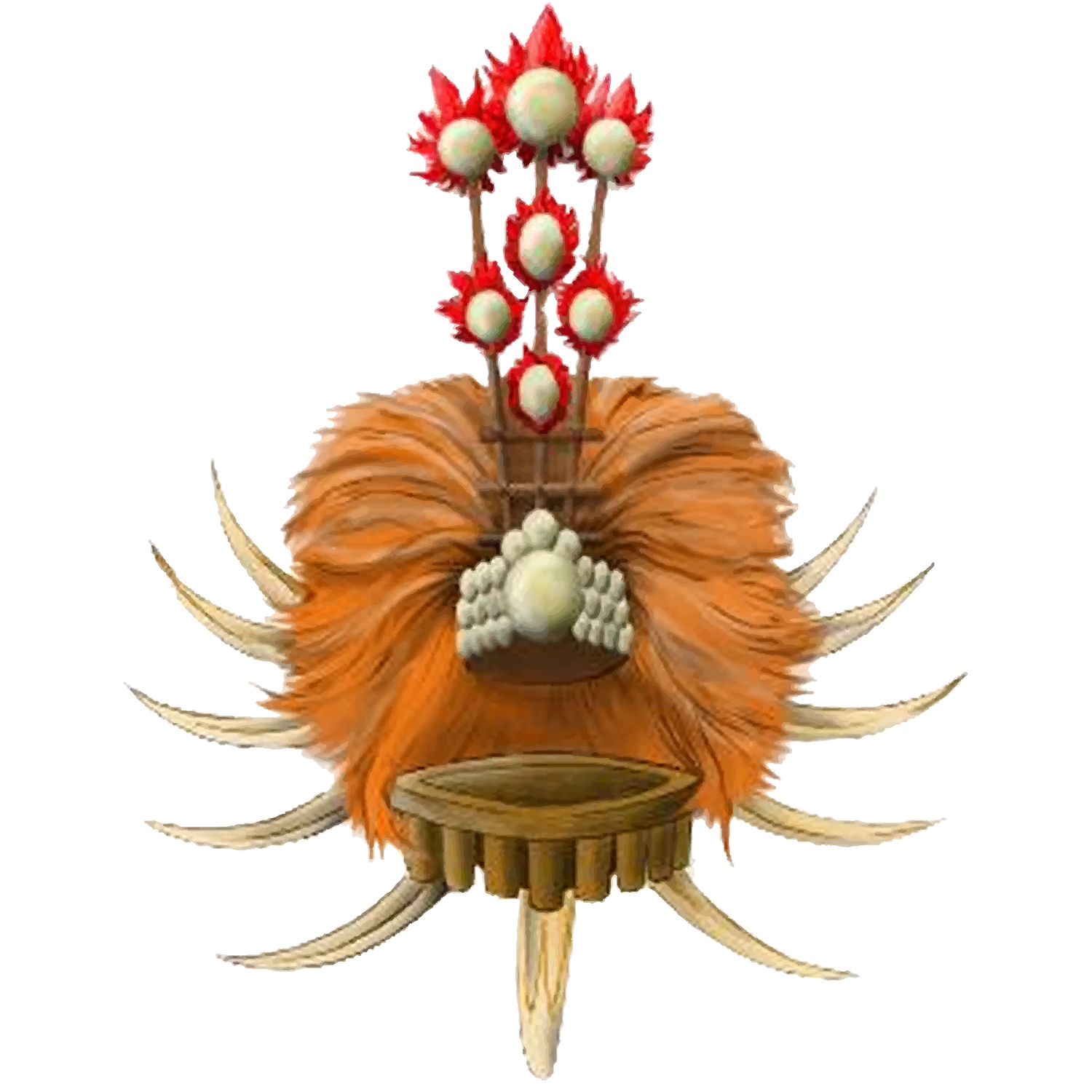about ofu
Ofu constitutes the western region of the volcanic outcrop Ofu-Olosega Island, marking the westernmost of the Manu'a Islands. The principal village of Ofu resides along the western shore, sheltered by an offshore islet known as Nuʻutele. Ofu accommodates a small airport and a boat harbor catering to the populace of both Ofu and Olosega. A bi-weekly flight from Pago Pago takes approximately thirty minutes. The majority of the island's southern shore and corresponding coral reef belong to the National Park of American Samoa. Forming the Ofu County subdivision within the Manuʻa District, the island spans a land area of 7.215 km2 (2.786 sq mi) and was officially inhabited by 176 individuals as per the 2010 census. To'aga lagoon, positioned on the island's south coast, boasts a rich diversity of corals and fish, serving as a subject for long-term research on coral reefs and global climate change. Additionally, the island serves as a habitat for the threatened Samoa Flying-fox (Pteropus samoensis), a bat species facing habitat loss.
HISTORY
Pre-historic artifacts discovered on Ofu by archaeological field work in the 1980s significantly furthered understanding of the ancient history of Ofu in particular, and the Samoa Islands and Polynesia in general. The artifacts include ceramics, adzes, and worked shell and bone pieces. Samples of red-slipped plainware ceramics were found that appear to have been crafted in the tradition of the Lapita culture. The field work, carried out by a team that included Pacific archaeology specialist Patrick Vinton Kirch, focused on a site called To'aga, a 2 km (1.2 mi) coastal stretch on the south coast of Ofu. Dating of the artifacts suggested that Ofu has been continuously inhabited by humans for about 3,000 years.

